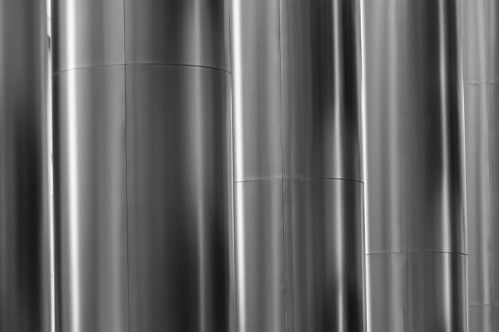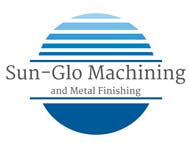A chromate conversion coating expert is very adept at working with alloys such as aluminum. Chromate conversion is a style of conversion coating used as a supplemental coating placed over cadmium or zinc plating, as a way to coat the primary finish for aluminum, as a decorative finish, to retain electrical conductivity, as a corrosion inhibitor, or primer. If you’ve ever wondered how chromate conversion coating works, you’ve come to the right place.
How Does Chromate Conversion Coating Work?
The best way to describe how this process works is to explain how an expert coats certain alloys with chromate conversion coating. The coating process is named after the chromate found in chromic acid (which is also known as hexavalent chromium).
The Purpose of Chromate Conversion Coating
A chromate conversion coating expert uses the process primarily to protect an item from corrosion, or as an undercoat for adhesive and paint applications. It’s important to note that chromate conversion is not the same as chrome plating or diffusion hardening.
A chromate conversion coating expert uses the process to make alloys unreactive by changing the surface coating of the surface or a layer with a thin inert layer. While hexavalent chromium is the chemical most commonly used in the immersion bath process wherein the coating is applied, it’s highly toxic and regulated.
Composition of Chromate Conversion Coating
The composition of chromate conversion solutions differs depending on the desired effect and item to be coated (alloy). Most solution formulae are proprietary based on the chromate conversion coating expert preparing the solution. For example, the most commonly used Cronak process for cadmium and zinc consists of 5–10 seconds of immersion in a room-temperature solution, while the mixture is quite different for aluminum.
Chromate Conversion CoatingChromate coatings used by a chromate conversion coating expert are gelatinous and soft when they’re first applied, but then they harden and become hydrophobic as they age. Experts can accelerate curing by heating up to 70 °C (158 °F), but higher temperatures can damage the coating on steel.
What Does an Item Look Like After Chromate Conversion Coating?
What a chromate conversion coating expert strives for is a final appearance of either yellow or clear coating. The color depends on which process they choose to coat the item with. Chromate conversion coating is usually applied to items used every day such as tools and hardware.
As you can see the process is complicated and if not done correctly can destroy the item you want coated; and it’s dangerous for the person coating alloys if they don’t know what they’re doing. Thus, it’s important to hire a chromate conversion coating expert if you need tools or other items coated.
If you need a chromate conversion coating expert to coat important steel, aluminum, silver, magnesium, cadmium, zinc, or tin products for your business or home, we can help. We’re a hard coat anodizing company in Clearwater with over 25 years experience. To speak with an expert or to get a quote you can visit our website.

